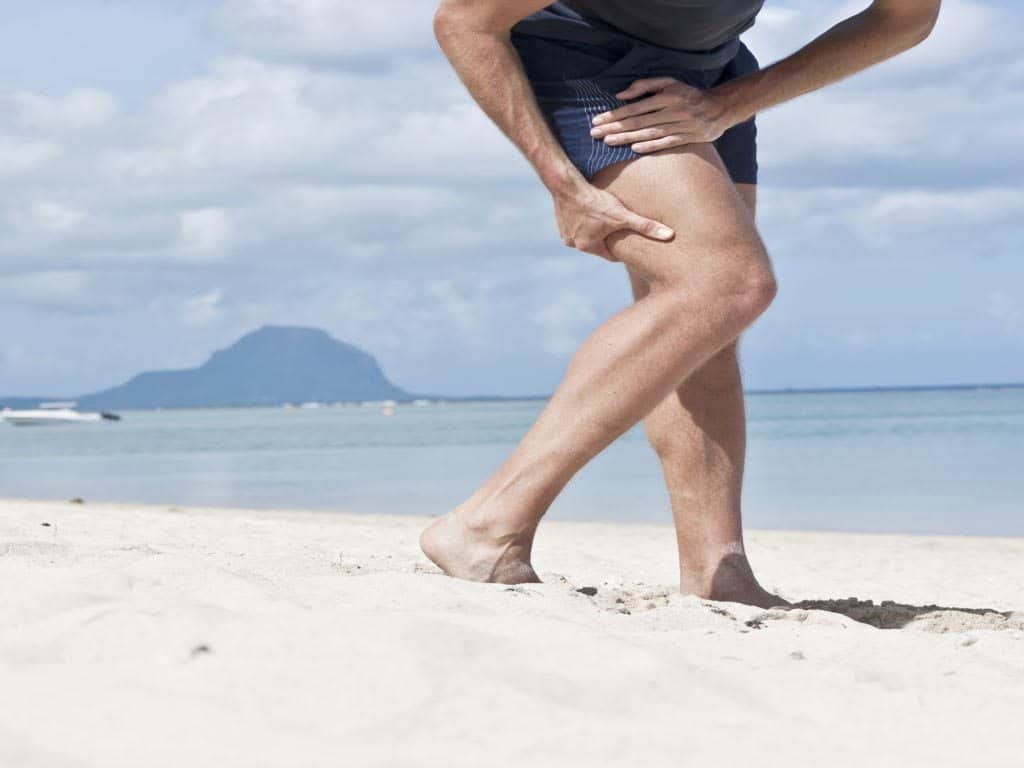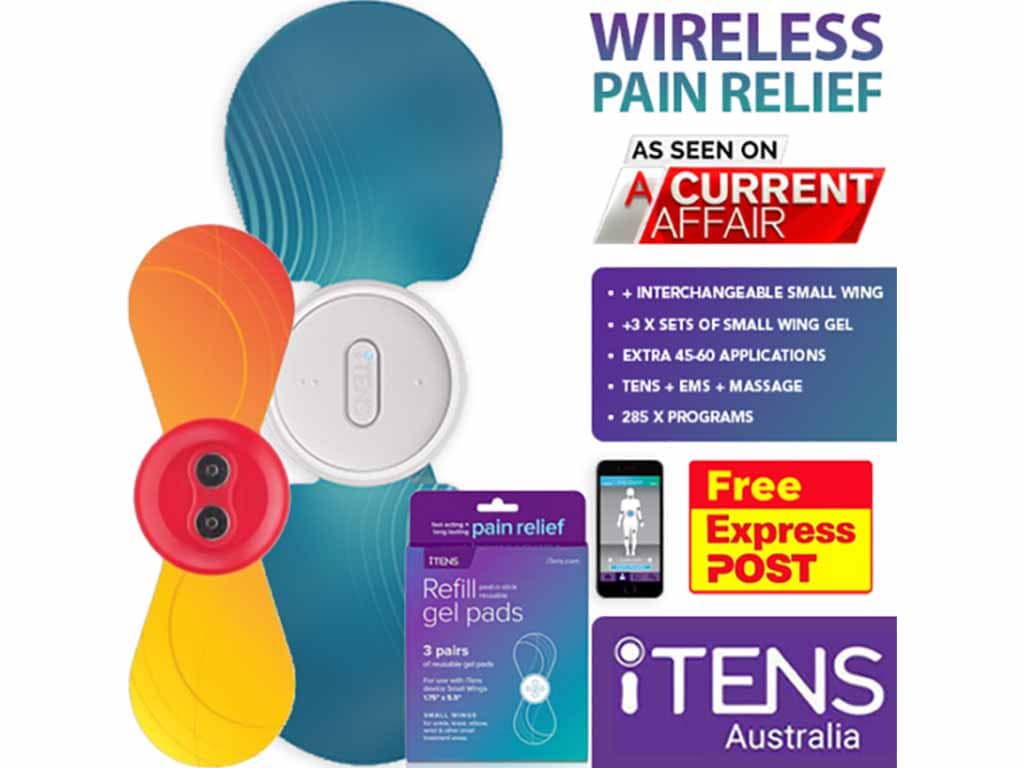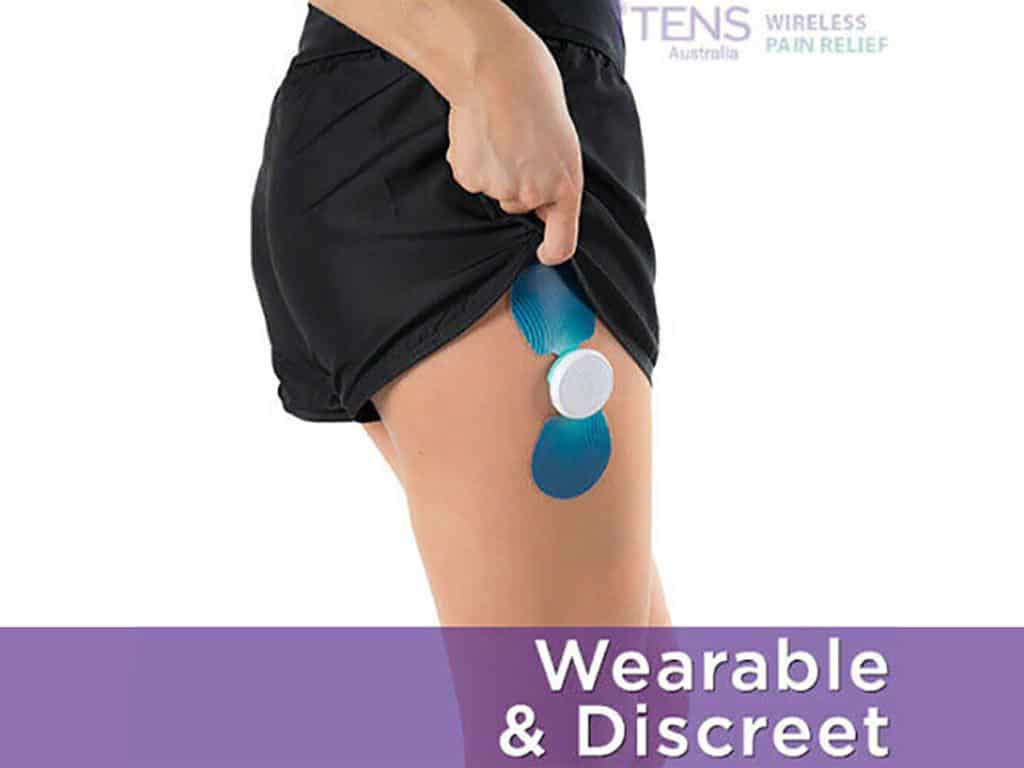
An ailment in the thigh can hinder daily activities. Fortunately, there is a Transcutaneous Electrical Nerve Stimulation or TENS unit for thigh pain. It is a battery-operated device that uses low-voltage electrical current to provide relief. However, proper usage is important in the therapy. Firstly, ensure that the treatment area in the thigh is clean and dry. Then, carefully place the electrode pad. After that, adjust the settings or choose a pre-set program. Lastly, activate the electrical stimulation.
Thigh or leg pain can be incredibly debilitating, affecting the overall quality of life. This can occur due to sore muscles, injury, or medical conditions such as sciatica or arthritis pain. Traditional pain management, like physical therapy and medications, may not always provide relief. Thus, it leads individuals to seek alternative method of pain relief, including electrotherapy TENS. This article will present how TENS works, the usage guidelines, and the benefits of the therapy.
How Does a TENS Unit for Thigh Pain Work?
A TENS unit for thigh pain is a medical device that works by delivering electrical impulses via adhesive electrodes placed on the skin. These electric currents are thought to alleviate ailments through several mechanisms. When people use TENS, it stimulates the nerve cells, which in turn sends signals to the brain. Hence, it can trigger the release of endorphins, the natural painkillers of the body.
Another way TENS relieve the condition is by modulating the Pain Gate Theory. According to this theory, the spinal column contains a gate that can either permit or block pain messages from reaching the brain. When TENS delivers electrical impulses to the nerves, it is believed to close this gate. Thereby, it reduces the transmission of pain signals to the brain, decreasing perception of the thigh ailment.
The electrical device can also enhance blood circulation. Improved blood flow can promote the delivery of oxygen and nutrients to the tissues. Also, it aids in the removal of waste products. This increase in blood flow can help reduce inflammation and promote healing. As a result, it may contribute to the relief of pain associated with thigh ailments.
Frequency Settings
When using TENS, it is important to understand the following frequency settings:
- Low frequency: it typically ranges from 1 to 10 Hz. These settings are aimed at targeting chronic pain or long-lasting thigh discomfort. Low settings are also effective in reducing muscle spasms, making it beneficial for people experiencing tightness or cramping in the thigh muscles.
- High frequency: this setting usually falls above 50 Hz. High frequency is often used for acute pain relief or short-term thigh ailment. The settings also promote the release of enkephalins, which are another type of natural pain-relieving substances in the body.

Usage Guideline When Using a TENS Unit for Thigh Pain
Before using a TENS unit for thigh pain, it is essential to consult with a medical professional, such as a doctor or physical therapist. This is to ensure that TENS is suitable for the specific condition. Then, make sure that the TENS device is in good working condition. Check the batteries or ensure they are properly charged. Connect the electrodes to the device using wires or a smartphone via Bluetooth for wireless.
Next, clean the treatment area and carefully place the unit pads. Nevertheless, it is important to follow the proper pad placement guide. Once the electrodes are in place, turn on the device. Some TENS may allow users to adjust the settings (frequency, intensity, and duration) or choose a pre-set program. Start with the lowest setting and gradually increase it to a comfortable sensation.
The duration of use is typically around 15 to 30 minutes. During the session, the individual can engage in light activities or gentle movement. Pay attention to how the thigh pain respond to the TENS treatment. After each usage, turn off the machine and gently remove the electrodes.
Proper Pad Placement
Before placing the pads, know the specific area of the thigh that is experiencing discomfort. If the pain is concentrated on the front of the thigh, the electrodes should be parallel. One pad is towards the upper portion of the thigh, and the other is towards the lower part.
For pain in the inner thigh, the pads should be in a vertical position. One pad is towards the groin area, and the other is towards the knee. Accordingly, it is important to ensure that the pads are placed a few inches away from each other and from significant joints.

Benefits of Incorporating a TENS Unit for Thigh Pain
Using a TENS unit for thigh pain offers a variety of benefits. Firstly, TENS therapy is non-invasive. It means that it does not involve any surgical procedures or penetration of the skin. Secondly, electrotherapy provides a drug-free alternative for alleviating the condition. This can be particularly advantageous for people who prefer to avoid or minimise the use of pain medications.
Thirdly, TENS devices offer customisable settings that allow users to adjust the intensity, frequency, and duration. This customisation enables personalised treatment tailored to the specific needs of each user. Also, TENS are portable, compact, and easy to carry. This enables people to use them at home, work, or travelling. Hence, it ensures that the individuals can access relief anytime they need it.
Furthermore, TENS are user-friendly, with intuitive controls and clear instructions. This ease of use makes TENS therapy accessible to a wide range of users. In comparison to ongoing expenses with medications or treatments, TENS offer a cost-effective option. Also, the therapy can be in conjunction with other pain management strategies.
Are There Potential Side Effects?
One of the common side effects of TENS is mild skin irritation at the electrode placement sites. This may manifest as redness, itching, or a slight rash. Some individuals may experience a mild tingling sensation or discomfort during TENS therapy. This sensation is manageable and can be mitigated by adjusting the settings or repositioning the electrode pads.
In certain cases, TENS may cause involuntary muscle twitching. While this is harmless, individuals should be aware of this potential effect. Also, people with specific medical conditions, such as epilepsy, should exercise caution when using a TENS device.
Conclusion
A TENS unit for thigh pain is a valuable tool for many individuals. This portable device uses electrical currents to stimulate the nerves through electrode pads. Accordingly, electrical stimulation can help block pain signals, trigger the release of endorphins, and promote blood circulation. The currents can also stream in low and high frequencies. Moreover, people should be aware of the usage guidelines. Clean the treatment area, place the pads, adjust the settings, adhere to the duration, and note any sensation.
Proper pad placement is crucial in the treatment. The electrodes should be parallel for pain in the front of the thigh. Meanwhile, the pads should be in a vertical position for inner thigh pain. Additionally, TENS therapy provides numerous benefits. It is non-invasive, drug-free, customisable, portable, user-friendly, and cost-effective. However, it is important to recognise the potential side effects of the treatment. TENS is available in the marketplace, including the online retailer iTENS Australia.







